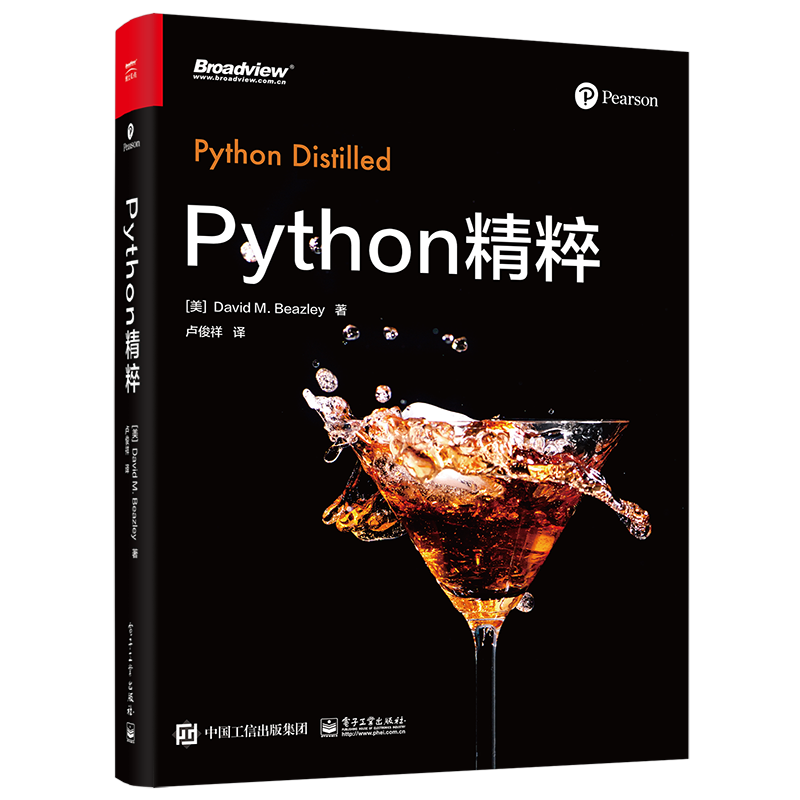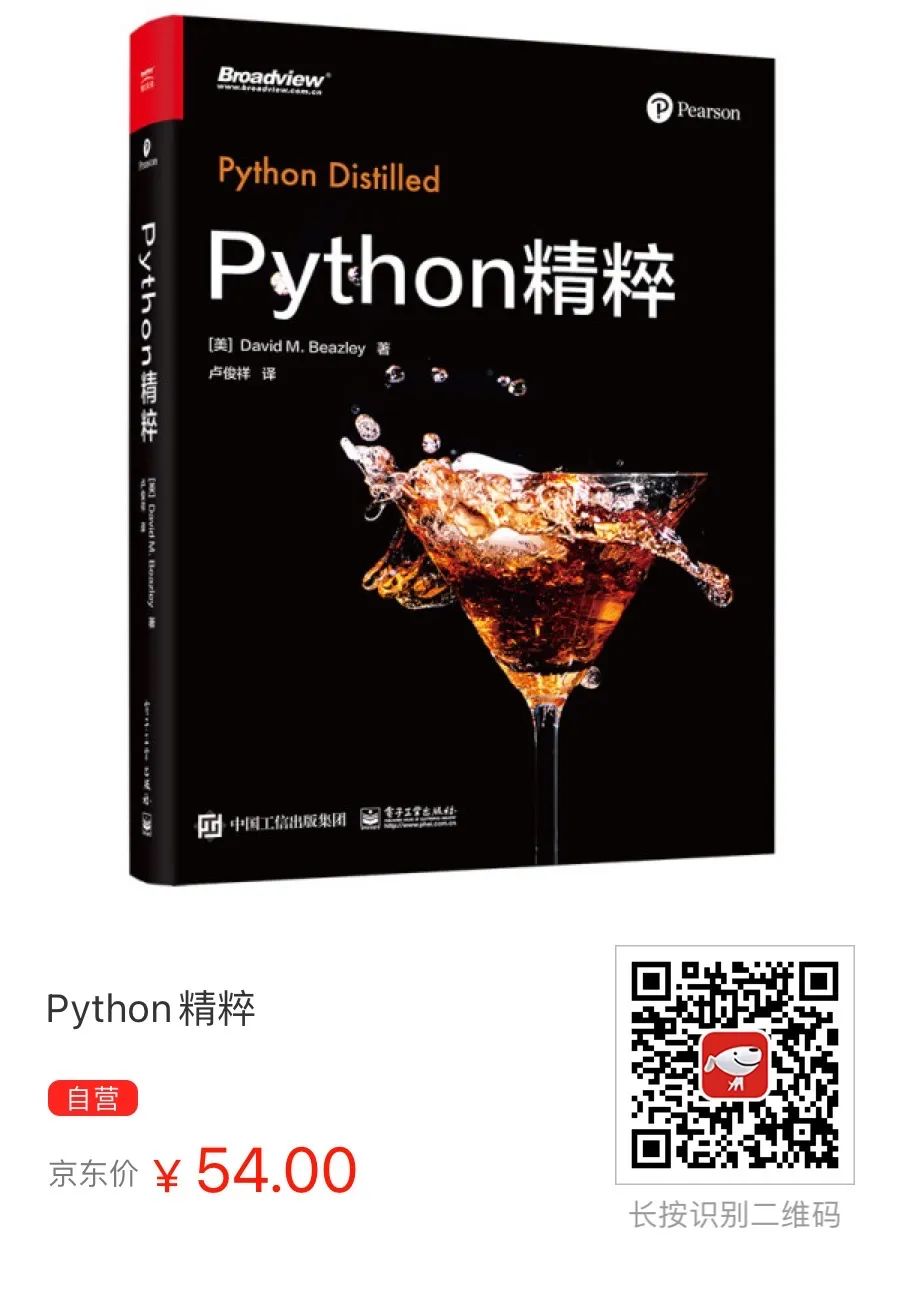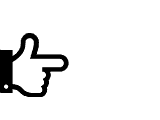Python has reached its 30th anniversary. When Uncle Guido released Python in the 1990s, he probably never imagined that Python would achieve such a prominent status today.
What Factors Have Contributed to Python’s Journey to Today?
Among the dynamic languages 30 years ago, Perl and Python had the most overlapping functionalities, and Perl was the dominant dynamic programming language at that time.
Perl pursued multiplicity and flexibility, providing various “lazy” methods. Its famous saying is TMTOWTDI—There’s more than one way to do it.
As a result, Perl became a favorite among many “nerds,” and this hacker sentiment still exists today.
Python, on the other hand, gradually took a different philosophical path. It composed an anthem called “The Zen of Python,” clearly pursuing simplicity and advocating for the idea that there should be one best way to solve a problem (though this is not always the case now).
The principle of simplicity has continuously captured developers’ hearts throughout Python’s development journey, ultimately leading to the saying, “Where there is water, there is Python.”
-
Children learn game programming with Python;
-
Raspberry Pi enthusiasts use Python daily;
-
Web developers build websites with Python;
-
AI scientists implement algorithms to generate AI applications using Python.
Python has long become a true “jack of all trades.”
Historically, developers seem to favor easy-to-learn technologies. This trend can be seen from the past VB to the current Go.
Python is even referred to as the “prototyping programming language”— writing code in it is as easy and convenient as writing pseudocode.
Thus, Python attracts and gathers a large number of developers to contribute to it, to the extent that often you can find well-made solutions in the Python community for any idea you can think of. For example, generating a QR code requires just a few lines of Python code:
import pyqrcode
from PIL import Image
link = "www.sample.com"
pyqrcode.create(link).png("./qr-code.png", scale=8)
Image.open("./qr-code.png").show()Python’s popularity has led to a prosperous market for Python books in recent years.
However, a large number of mixed-quality introductory Python books have led to a misconception among the public that “Python is very simple.”
Python is easy to get started with, and with the plethora of libraries available in the community, one often only needs basic syntax and data structures, along with various ready-made solutions, to effectively solve everyday problems.
Python is very concise, but once you delve deeper, you will find that it is not simple. Behind it lies a series of standardized underlying structures that play a supporting role, cooperating through magic methods (protocols) to weave a vast and rigorous internal world of Python, ultimately unleashing Python’s powerful capabilities.
This book, “Python Distilled”, is truly unique.

Its predecessor was the Python Essential Reference series, but the most recent version of this series was published back in 2009, a full twelve years before the publication of Python Distilled!
“Python Distilled” is valuable because it has done subtraction,removing common knowledge points that can be easily obtained from various sources online, leaving only what the author considers key content, including underlying mechanisms.
Thus, this book will guide readers to quickly browse through basic Python knowledge, and then dive deep into the essence of Python, helping readers gradually explore Python.
Don’t be fooled by the book’s thinness; it is worth careful consideration by readers.
Nowadays, programming concepts are becoming increasingly broad due to the continuous expansion and deepening of application fields. To be an ambitious Python programmer, one should continuously master Python in depth, have their own profound insights into what is Pythonic, and ultimately be able to proficiently apply Python in a specific field, such as AI, image processing, application programming, library development, etc. At that point, one will unknowingly grow into a true Python hacker.
I hope this book serves as your starting point, not your endpoint; and I also hope this book becomes a song of praise on your journey to learn Python—praising Python, praising your efforts!


Hurry up and scan the code to purchase!
Published by: Liu Enhui
Reviewed by: Chen Xinyi
